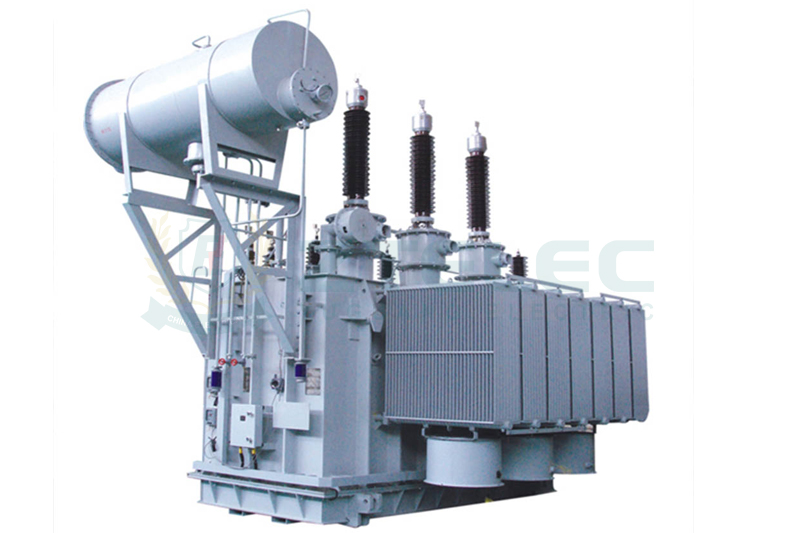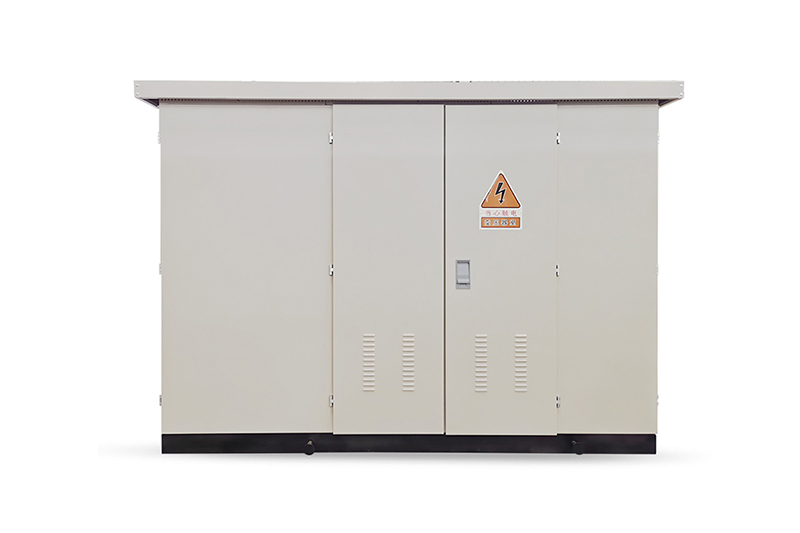What is the purpose of a transformer in a generator?
Time:2025-04-15 Auther:ZTelec-www.ztelectransformer.com
What is the purpose of the transformer in the generator system? As a device that converts mechanical energy into electrical energy, the electrical energy generated by the generator is usually difficult to directly meet the needs of various electrical equipment. As a static electrical device, the transformer occupies an irreplaceable position in the generator power system by virtue of its ability to easily change the size of the AC voltage.
The operating principle of the transformer relies on the principle of electromagnetic induction. When the generator rotates, the stator coil generates an alternating magnetic field, which causes the conductor in the rotor to generate an induced electromotive force. This electromotive force is processed by rectifiers and filters and converted into direct current. Then, with the help of the transformer’s conversion function, the voltage is increased or decreased to the required voltage level and finally transmitted to the power grid.

The purpose of a transformer in a generator
1.Voltage conversion
In the generator system, the transformer has many core functions, among which the most basic and critical one is voltage conversion. The voltage output by the generator is often too high or too low to be used directly for power supply. So we need to step down or boost it to the standard voltage of the power grid. The function of the transformer is to increase or decrease the voltage output by the generator to the required voltage level to ensure the stability and safety of power transmission. The transformer greatly improves the efficiency of power transmission and reduces energy loss.
2.Power transmission optimization
In addition to voltage conversion, the transformer also has the function of optimizing power transmission. Through impedance matching, the transformer ensures that the power output by the generator can be efficiently transmitted to the power grid.

3.Electrical isolation
The transformer can achieve electrical isolation, isolating the circuit between the generator and the electrical equipment. In this way, when the electrical equipment has a ground fault or a short circuit, the fault current will not be directly fed back to the generator side, avoiding damage to the generator and reducing the risk of electric shock. For example, in places with high safety requirements such as hospitals and chemical companies, electrical isolation transformers can effectively ensure the safety of personnel and equipment.
4.Improve the power factor
In the power system, many electrical equipment, such as motors and transformers, not only consume active power, but also require a certain amount of reactive power to build a magnetic field. The presence of reactive power will cause the power factor of the power system to decrease, increase line losses and the capacity of power generation equipment. Transformers can work with reactive compensation devices such as capacitors to compensate for reactive power, improve the power factor of the power system, and thus improve the efficiency of electric energy utilization.
In-depth exploration of the various uses and functions of transformers in generator systems will not only help us understand the operating mechanism of the power system more thoroughly, but also provide key references for the research and development and application of future power equipment. The continuous development of transformer technology will continue to contribute to the progress of the power industry and ensure that the power system can meet the growing energy demand and higher operating standards.




